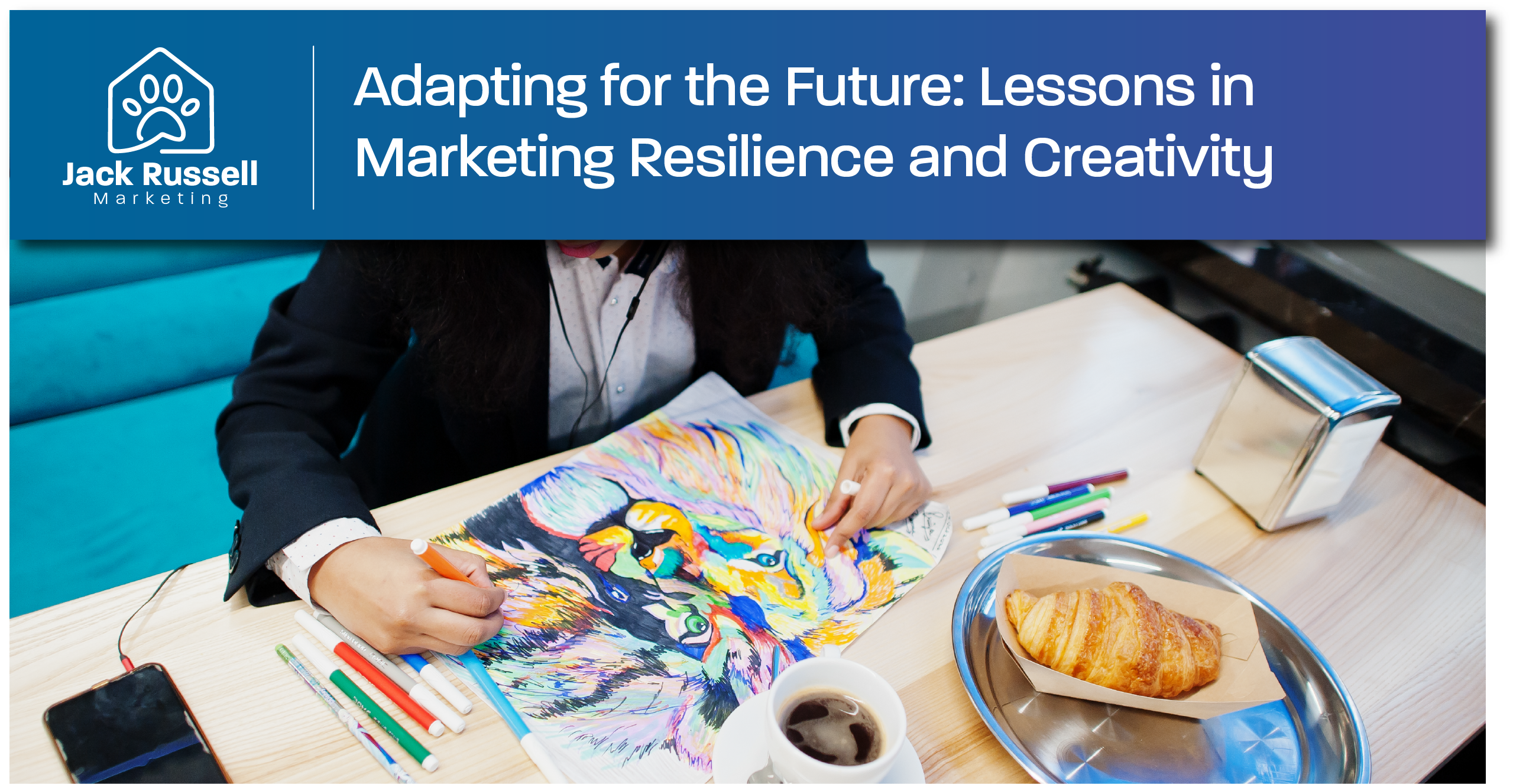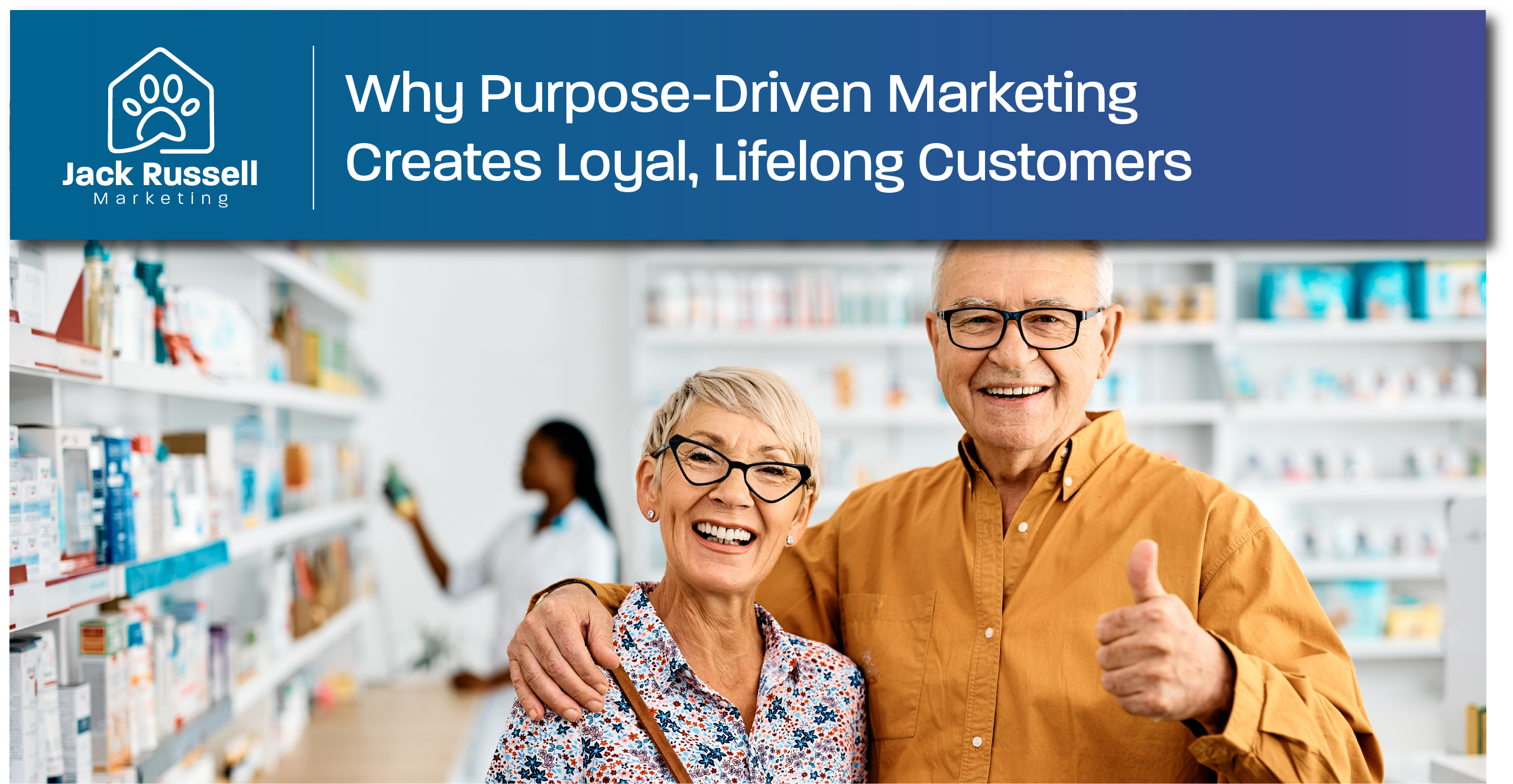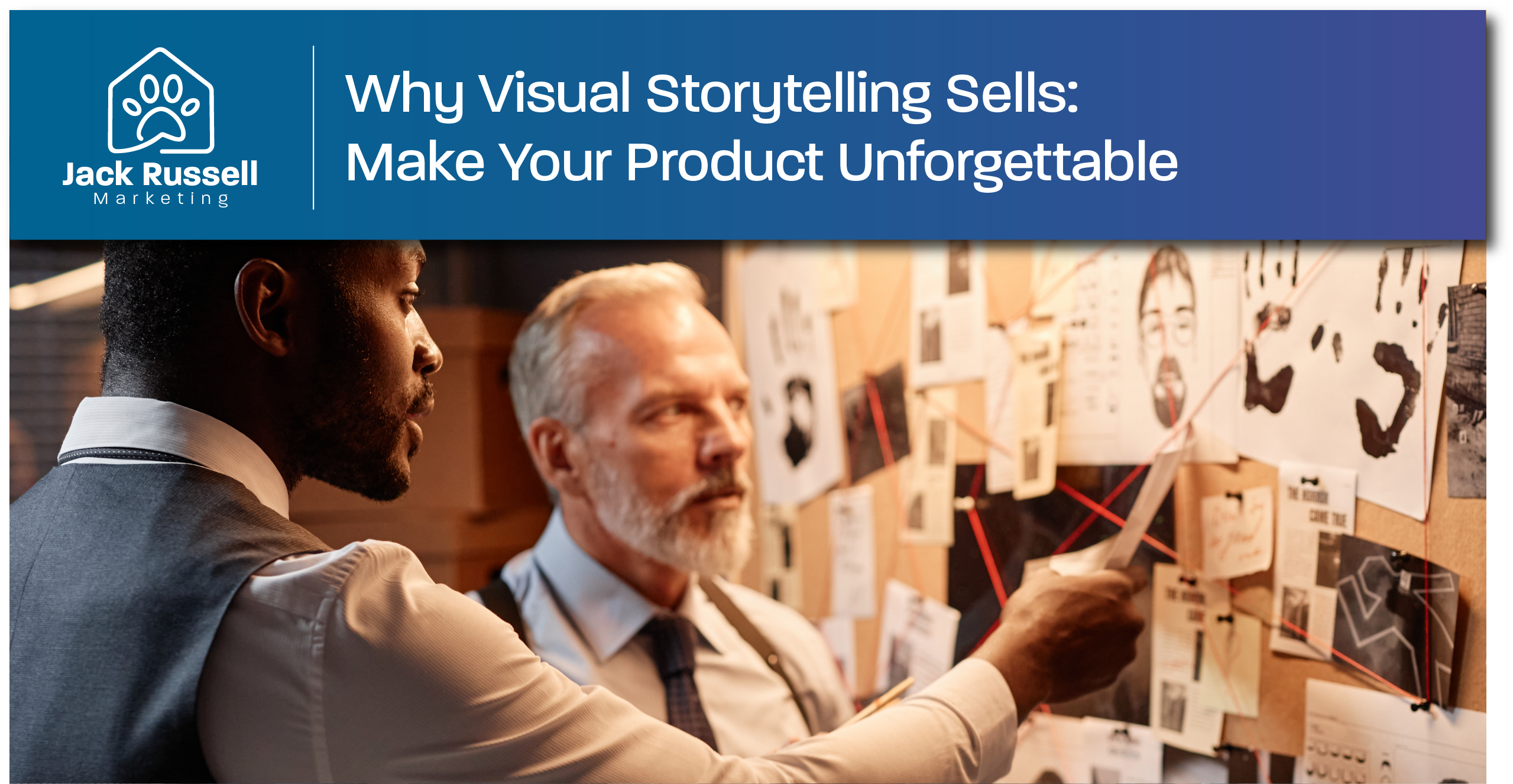Adapting for the Future: Lessons in Marketing Resilience and Creativity

In marketing, change isn’t just inevitable—it’s the industry’s driving force. From iconic print ads of the past to today’s AI-powered personalization, marketing’s evolution is a testament to resilience and creativity. This journey, rich with insights, reminds us that thriving in this space requires embracing transformation and leading with innovation.
As we navigate an ever-expanding digital landscape, shifting consumer behaviors, and rapid technological advancements, it’s worth pausing to reflect. How did we get here? What can we learn from the visionaries who shaped the marketing world?
In this blog, we’ll dive into the defining moments of marketing history and uncover timeless lessons to help us craft strategies that not only adapt to change but harness it to create lasting impact.
From Posters to Pixels: Marketing’s Evolution Through the Ages
Marketing as we know it today began with a simple but powerful concept: communication. In the late 1800s, businesses leaned heavily on print ads—appealing visuals, punchy slogans, and targeted messaging—to captivate local audiences. These campaigns were the foundation of modern advertising, proving the power of storytelling to drive sales.
Then came radio and television in the mid-20th century, revolutionizing marketing’s reach and impact. The “Golden Age of Advertising” brought iconic campaigns that became cultural phenomena. Brands like Coca-Cola, Volkswagen, and Marlboro didn’t just sell products—they sold lifestyles.
The rise of the internet in the 1990s and early 2000s marked another seismic shift. Social media platforms and search engines made marketing more personal and interactive than ever before. Digital ads became data-driven, unlocking new ways to measure success.
Now, we’re in the age of artificial intelligence. Hyper-personalized campaigns, predictive analytics, and chatbot-powered customer service aren’t just futuristic ideas—they’re today’s tools.
Yet through all these changes, one truth remains: the marketers who adapt and innovate are the ones who succeed.
Lessons from History: Why Resilience and Creativity Matter
Successful marketing isn’t just about keeping up with trends—it’s about anticipating them and meeting the moment with creativity. Here’s how history’s lessons apply today:
1. Embrace Technology, but Stay Human
Every major leap in marketing has been fueled by technology—but the secret ingredient is understanding the human element. AI may be able to predict consumer preferences, but it’s up to marketers to craft stories that resonate on an emotional level.
2. Creativity Is a Competitive Advantage
Whether it’s the catchy jingles of the radio era or today’s viral video campaigns, creativity has always set brands apart. In the digital age, where attention spans are short, creativity isn’t optional—it’s essential.
3. Resilience Fuels Reinvention
From navigating economic downturns to adapting to global disruptions like COVID-19, marketers have continually proven their ability to pivot and thrive. The brands that endure are the ones that respond to challenges with agility and optimism.
Unlocking AI-Driven Marketing: What It Means for Your Brand
Today, artificial intelligence is reshaping what’s possible in marketing. Tools powered by AI can process massive amounts of data to generate personalized campaigns in seconds. The result? Marketing that feels human but operates at the scale of a machine.
Here’s what AI can do for your marketing strategy:
- Hyper-Personalized Content: AI analyzes browsing behavior, purchase history, and engagement patterns to craft content that speaks directly to individual customers.
- Predictive Insights: Using machine learning, AI forecasts trends and customer needs, allowing you to stay one step ahead of your competition.
- 24/7 Customer Engagement: Chatbots powered by AI provide instant, personalized responses to customer inquiries—boosting satisfaction and conversion rates.
- Data-Driven Decisions: From A/B testing to performance analytics, AI delivers actionable insights that help you refine and optimize campaigns in real-time.
How It Works: The Mechanics of AI Personalization
Here’s an example of AI personalization in action:
- Data Collection: AI gathers data on user behavior—what they click, purchase, or spend time exploring.
- Analysis: The system identifies patterns and predicts what the customer is most likely to want or need next.
- Execution: The AI generates personalized recommendations, emails, or ads tailored to each user.
Picture this: A customer browsing your online store receives a pop-up offering a 10% discount on a product they viewed twice last week. The result? Increased engagement, higher sales, and a satisfied customer.
Transform Your Marketing Strategy With Us
At Jack Russell Marketing, we don’t just follow marketing trends—we set them. Whether you’re ready to dive into AI-driven strategies, refine your digital presence, or elevate your content game, we’re here to help you lead with confidence.
Let’s create marketing strategies that honor the lessons of the past while embracing the tools of the future.
Contact Us today to start shaping the next chapter of your brand’s success.
Recent Publications

Why Purpose-Driven Marketing Creates Loyal, Lifelong Customers
Purpose-driven marketing doesn’t just sell products—it builds relationships. Learn how connecting with your audience’s values transforms customers into lifelong advocates for your brand.

Don’t Tell Them About Your Product—Show Them
Visual storytelling transforms products into experiences. Learn the psychology, strategy, and techniques behind creating visuals that captivate audiences and convert them into loyal customers.

The Art of Collaborative Storytelling: How Strategic Partnerships Drive Sales and Build Trust
Collaborative storytelling transforms partnerships into powerful sales tools. Learn how to craft campaigns that inspire trust, engage audiences, and deliver measurable results.
